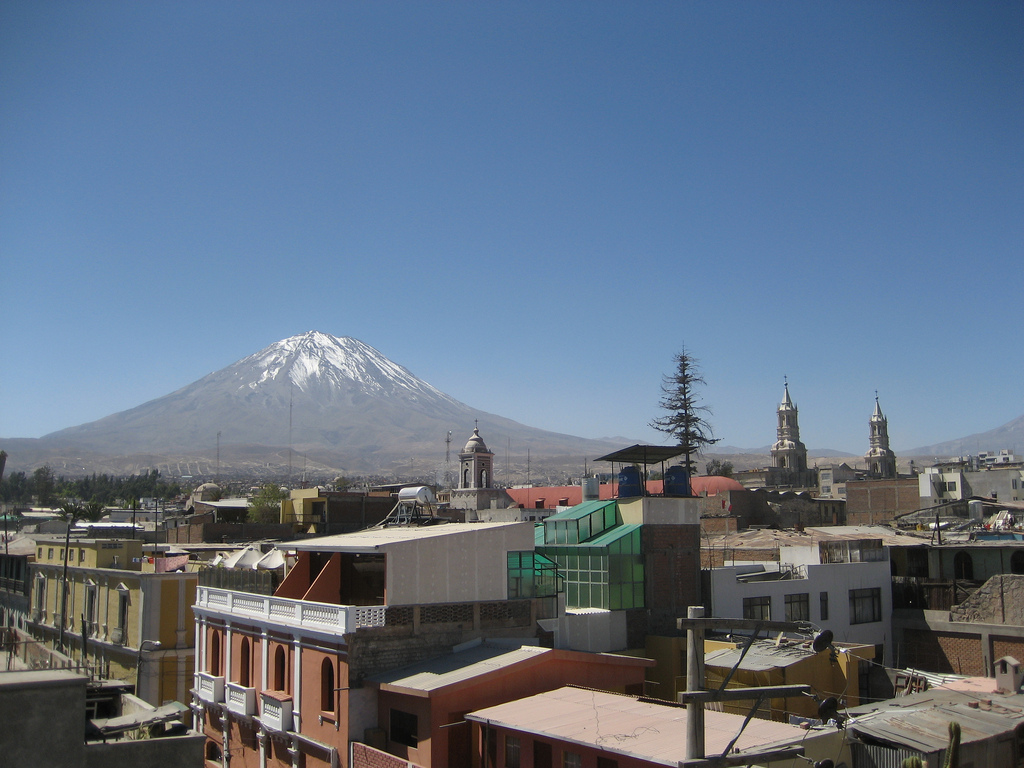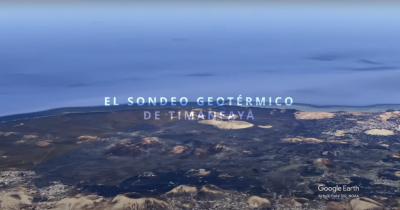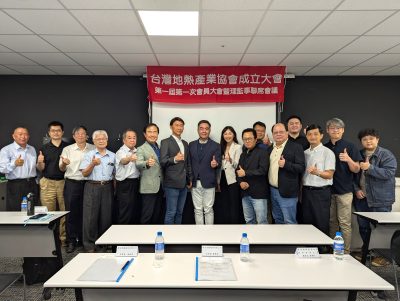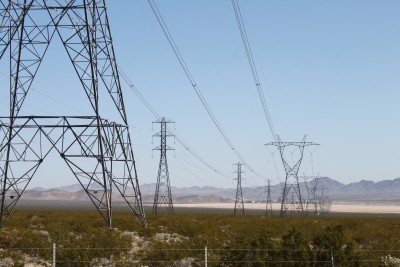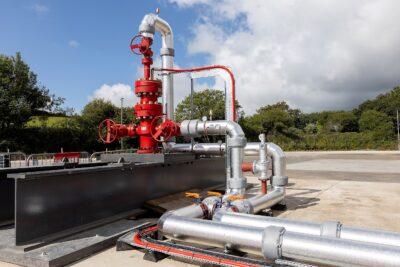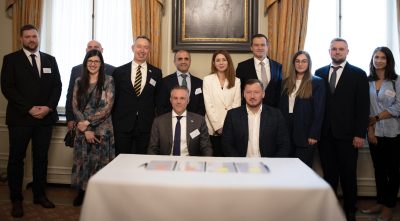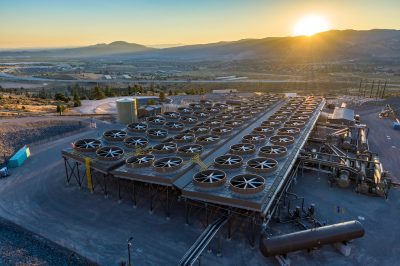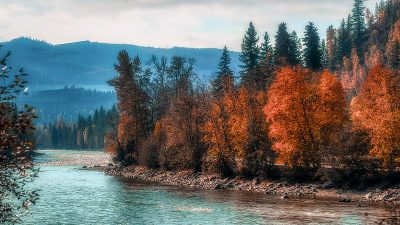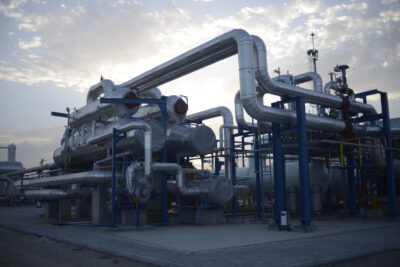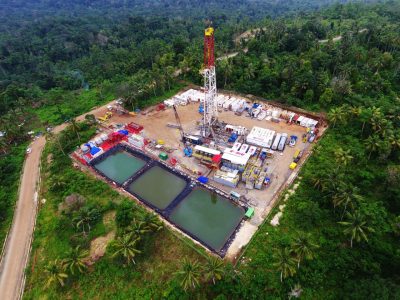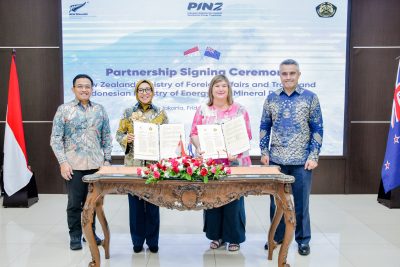Challenges remain for geothermal development in Southern Peru
Challenges remain for planned geothermal development in Southern Peru, despite the great opportunities due to the lack of interest by the government.
Like so many other countries, Peru is looking at ways to tackle climate change and push for a way to cut down greenhouse gas emissions, so an article by Diario Correo.
Arequipa, a department and region in southwestern Peru, will also suffer serious consequences , but to contribute a little to this change, it is necessary to look at the generation of other energies, one of them generated by geothermal energy, a resource that is abundant in the region, especially in the highlands and its use would allow change in one part the energy matrix of the region.
“Geothermal technology has more than 100 years in the world, the process is simple, it is divided into three steps, the first one is drilling into the geothermal reservoir that is between 1.5 to 2 kilometers underground, there is steam at high temperature, it is released through a pipe to a generator and generates electricity, and the third step is that the steam is cooled and reinjected is a closed, sustainable and renewable process ”, says Franklin Acevedo, Country Head of Energy Development Corporation Peru .
Ongoing project
Currently, one of these geothermal energy projects is being developed in the province of Caylloma , specifically in the district of Cabanaconde , the project will allow, in its first stage, 100 MW that will power 385 thousand homes , in this process USD 530 million will be invested and in the future its energy production could reach 500 MW.
But the project has difficulties, Francklin Acevedo, Country Head for Philippines-headquartered geothermal operator and developer Energy Development Corp. (EDC), indicates that due to the pandemic the social license with the inhabitants of the area has been truncated and that they hope in the coming months to resume this work and carry out the work that will allow the generation of jobs work directly and indirectly.
But currently its greatest difficulty is the little interest that governments have to carry out these projects that are friendly to the environment and that would allow to avoid in the future an energy crisis in the south of the country due to climate change.
“A government decision is needed. Today installing a geothermal power plant can take up to 7 years. There is a big problem that they do not say, despite the fact that there are technical reports in which they indicate that from next year we are going to start burning diesel for the consumption of electricity in our country, this will increase the price of tariffs “, he indicated .
Change
The change of the economic matrix in the country and in Arequipa is necessary, we are a country that depends more than 90% on oil that generates greater pollution, the entry of environmentally friendly energy sources is necessary, but for the specialist it is This transition needs to be carried out on a par with other sources such as natural gas.
“This change should be reasonable, in other countries, without going too far California, Texas where there was a policy of change, the change of the energy matrix, they depended on nuclear power plants, they were solar and wind, what happened? that the systems collapsed, you cannot sustain a system based on intermittent and variable energy, you need a basic energy. Putting natural gas, geothermal power plant ”, he said.
In addition, to the production of electricity in the south of the country other energies such as solar and wind must be added , which would allow greater production and reduce the price of users’ consumption.
In another article this week, Ivan Merino, Minister for Energy of Peru highlighted the vision on expanding renewable power, while pointing some challenges in geothermal. Namely that despite a Geothermal Law having been approved in 1997, the government still needs to “figure out who would be in charge of it. We could create a specialized agency or possibly a new renewable energy division within PetroPeru like other private and public oil companies are doing.
We are not opposed to a public-private partnership or a different kind of long-term joint venture. There are many formats that can be used. What we want for the country is a basket of renewable resources that will provide energy security in the future.”
There should be a way to push development and support the large investment ready to be made in geothermal development in Peru.
Source: Diario Correo, PetroleumWorld
